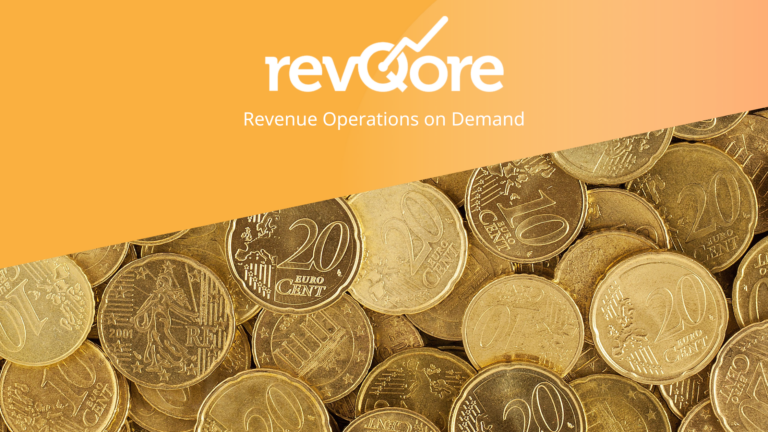As we edge closer to 2025, effective budgeting and planning are crucial for businesses looking to scale. Your RevOps team should be playing a key role in delivering the data and insights needed to make informed, strategic decisions.
Here are five essential metrics that should guide your budgeting and planning efforts for the year ahead:
1️⃣ Lead-to-Customer Conversion Rate
This metric tells you how effectively leads are being converted into paying customers. When paired with metrics like average order value (AOV) and time-to-close, it becomes a powerful tool for:
- Revenue forecasting
- Optimising resource allocation
- Setting realistic sales targets
Understanding your conversion rate allows you to identify bottlenecks, refine lead generation efforts, and predict the level of effort required to hit your goals.
2️⃣ Effort to Close
How much time, energy, and resources does it take to turn a lead into a customer? This efficiency metric is essential for:
- Assessing sales team productivity
- Planning capacity and resource needs
- Budgeting for tools and training investments
To measure effort to close, track the metrics that show the efficiency of your sales process. Start with the close rate, analyse the average sales cycle length to understand how long it takes from initial contact to deal closure, and average handle time to gauge the total effort invested in each prospect. Additionally, monitor conversion rates and the number of follow-ups required, as these metrics highlight the effectiveness of your closing and follow-up strategies. Together, these data points provide a comprehensive view of how much effort your sales team invests in closing deals, helping you refine processes for better efficiency.
By identifying inefficiencies, you can refine your sales process and ensure your team has what they need to close deals faster.
3️⃣ Retention Rate
Customer retention is a key driver of long-term revenue stability. In 2025, focusing on retention will help you:
- Accurately forecast renewals and recurring revenue
- Prioritise customer success initiatives
- Budget for proactive customer support
A high retention rate signals strong customer satisfaction and loyalty—a critical advantage in competitive markets.
4️⃣ Expansion Revenue
Growth isn’t just about acquiring new customers; it’s also about expanding relationships with existing ones. Upsells and cross-sells should be a central part of your revenue strategy. Use this metric to:
- Predict additional revenue from current accounts
- Justify investments in account management teams
- Identify high-potential accounts for targeted initiatives
5️⃣ Customer Lifetime Value (CLV)
CLV provides a big-picture view of the total revenue a customer is expected to generate throughout their relationship with your business. This metric helps:
- Align marketing, sales, and customer service efforts on long-term profitability
- Prioritise high-value customer segments
- Set budgets for retention and acquisition strategies
Time to Fill the Gaps
If you’re struggling to surface these insights, now’s the time to take a hard look at your processes and systems. Gaps in data or analysis today can create blind spots in 2025 planning.
Pro Tip: Make sure RevOps has a seat at the strategic planning table. With their insights driving decisions, you’ll see the positive ripple effects in both growth and sustainable success.
What metrics are you focusing on for your 2025 budget?
